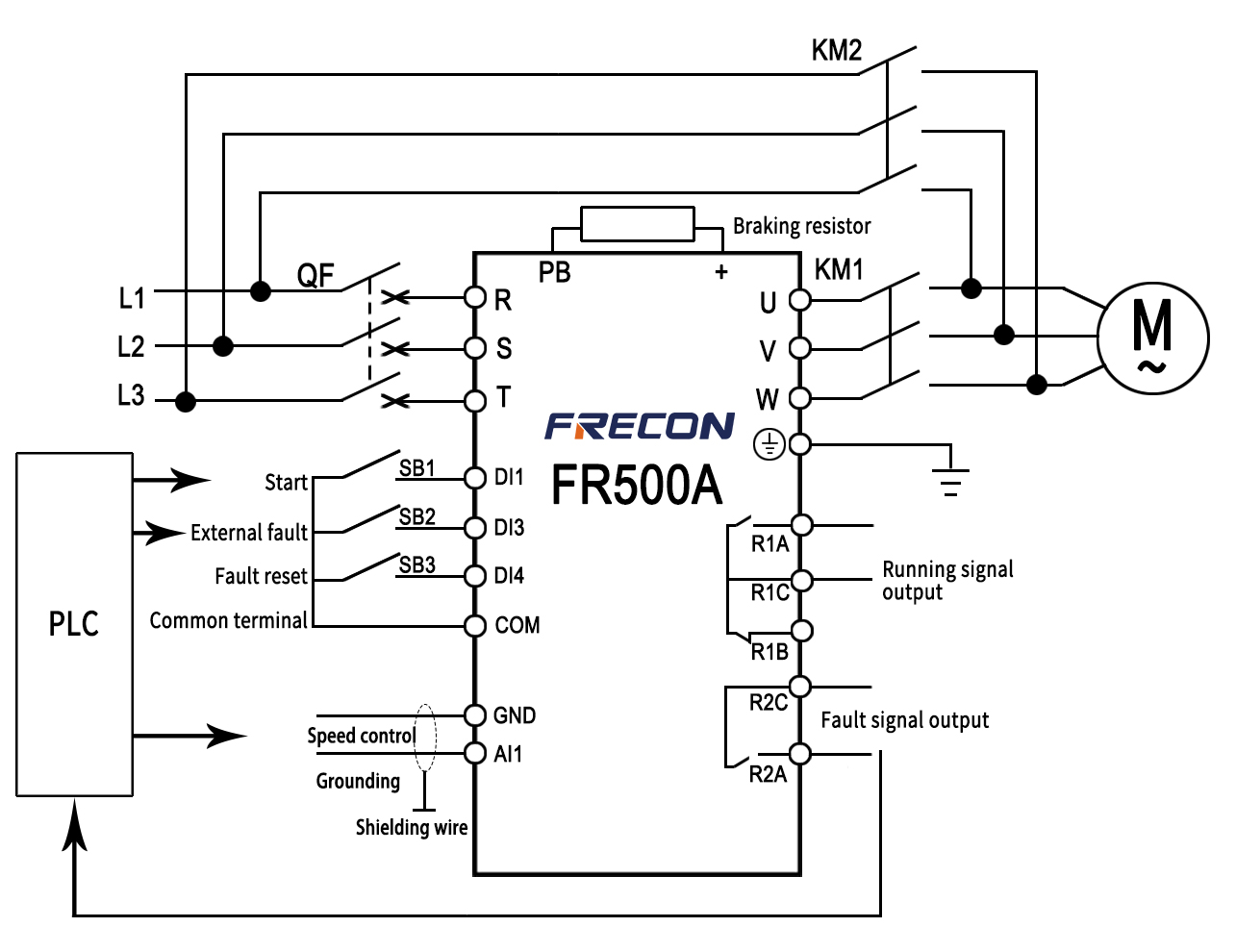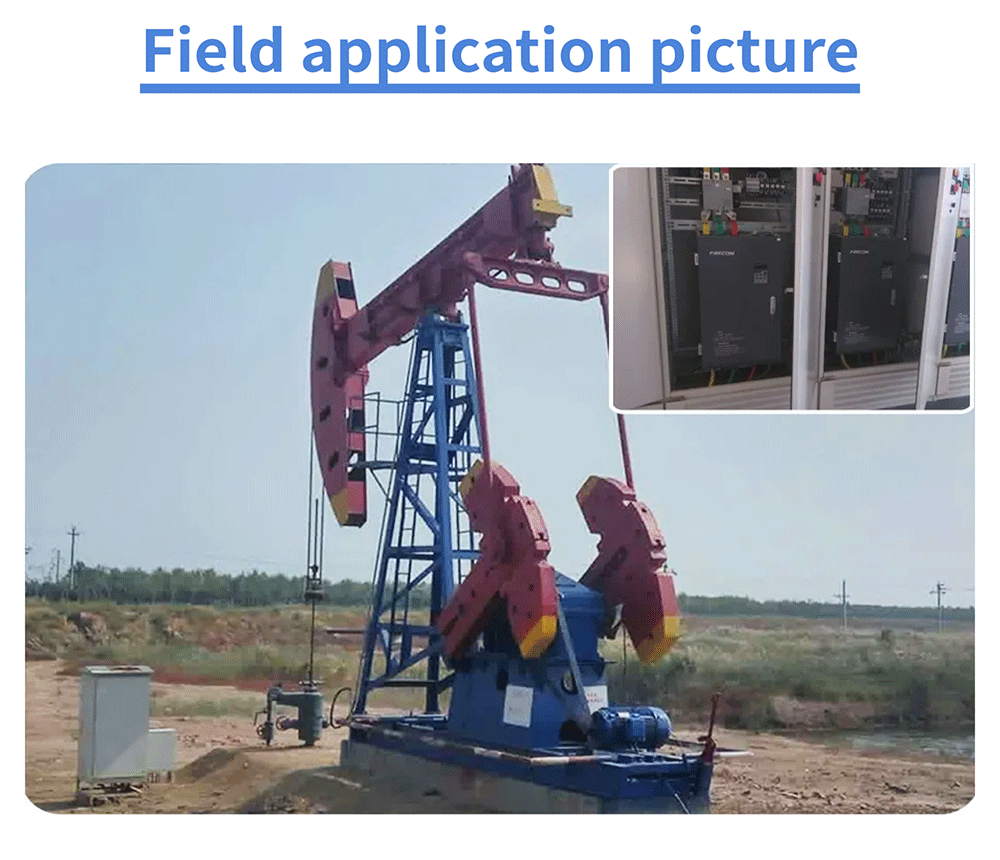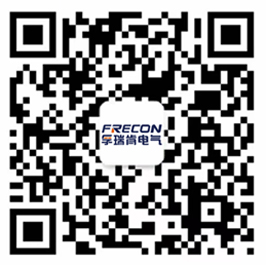The "oil pump," also known as a "nodding donkey," is a primary equipment in current oil production, with a quantity exceeding 100,000 units. The total installed capacity of the electric motors is 35 million kW, with an annual power consumption exceeding 10 billion kWh. The electricity consumption of oil pumps accounts for about 40% of the total electricity consumption of oil fields. They operate with very low efficiency, averaging only 25%, with a low power factor leading to significant energy wastage.Therefore, there is enormous potential for energy savings in oil pumps, making the petroleum industry a key sector for promoting "motor series energy conservation."
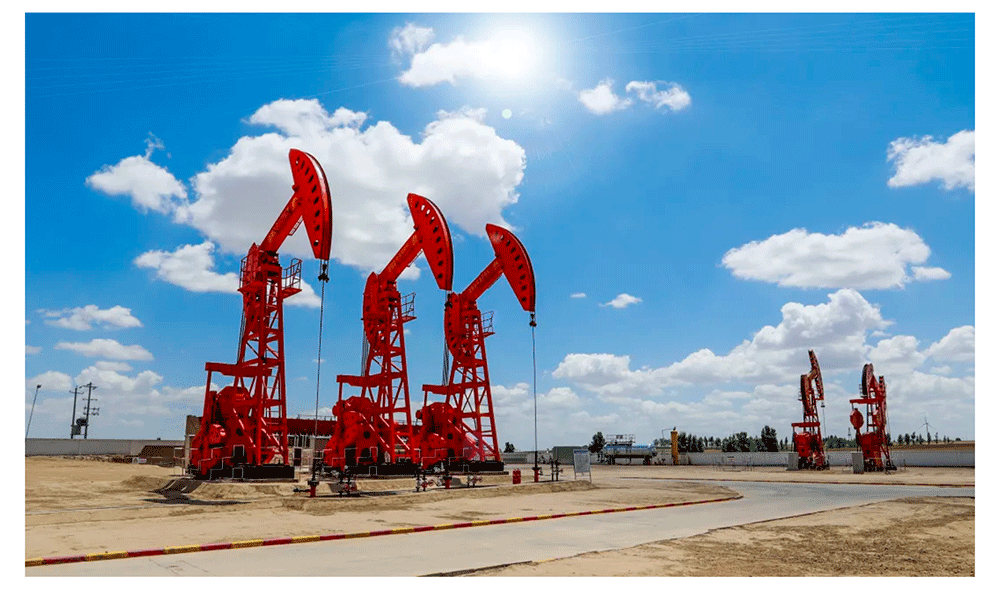

During operation, the motor rotates at high speed, driving the gearbox via a belt, which in turn transmits motion to the crankshaft. The crankshaft rotates at low speed as a result. The crankshaft, through connecting rods connected to a crossbeam, causes the walking beam to swing up and down. A suspension rope attached to the horsehead drives the pumping rod to move back and forth.

The types of oil pumps mentioned include the asymmetric beam pumping unit, beam pumping unit for vertical wells, bottom-mounted horsehead pumping unit, and double horsehead pumping unit. The double horsehead pumping unit utilizes a complex four-bar linkage mechanism design to optimize operational efficiency and reduce energy consumption. On the other hand, the beam pumping unit for vertical wells is widely used in oil fields due to its simple, reliable structure and cost-effectiveness.
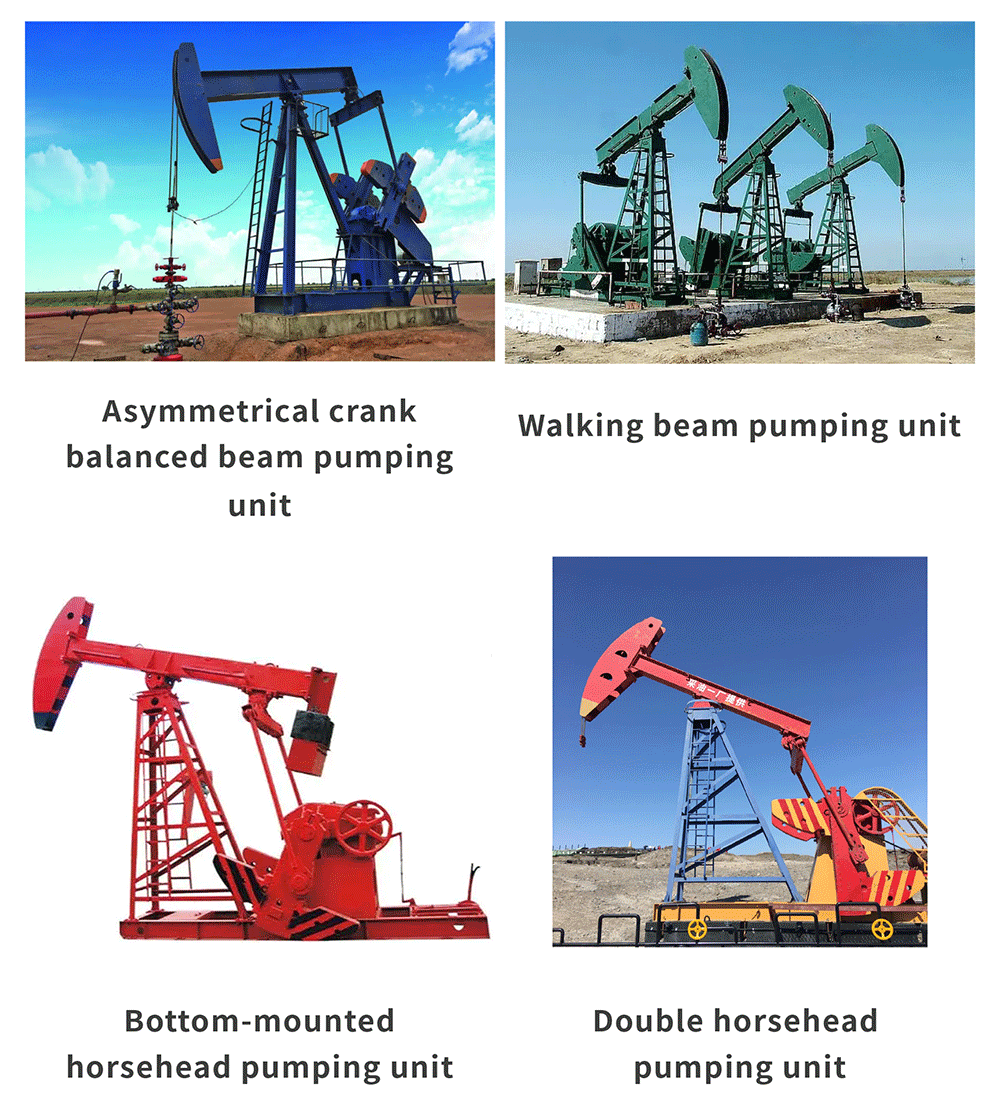

The pumping unit consists of a walking beam, connecting rod, crank mechanism, speed reducer, power equipment, and auxiliary equipment. The most widely used type in China is the walking beam pumping unit, which is comprised of three main parts:
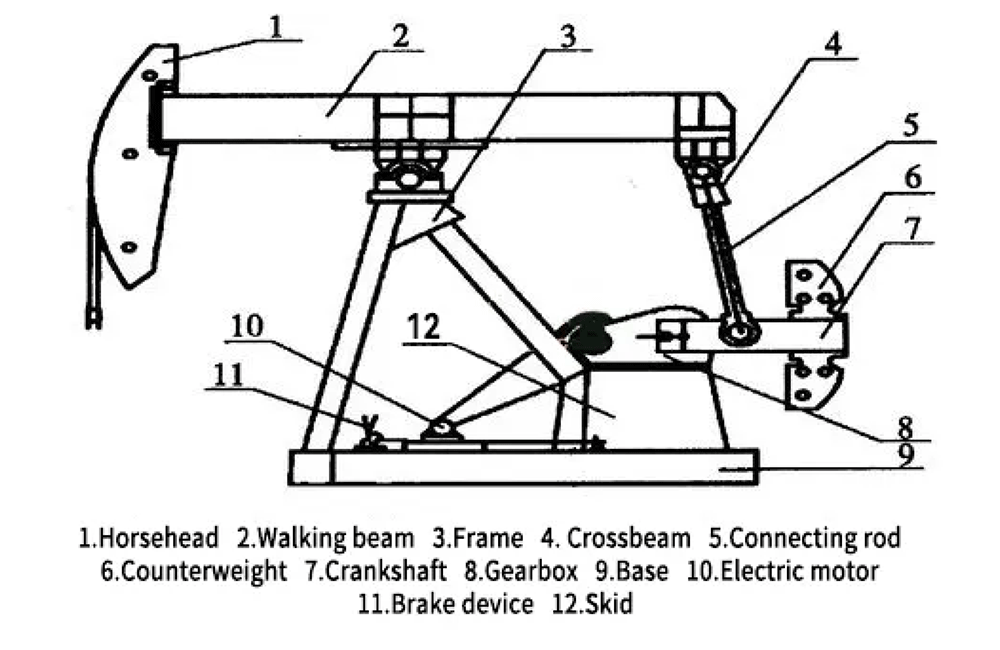
Surface part: consists of an electric motor, gearbox, and four-bar linkage;
Downhole part: includes the oil pump (suction valve, pump barrel, plunger, and discharge valve), suspended at the lower end of the casing;
Pumping rod string: the intermediate section connecting the surface pumping unit and the downhole oil pump.

Constant-speed operation due to matching, it is a variable torque and variable power load. Within one cycle, there are two generating states, with large starting torque and inertia. Common issues in domestic oilfield pump units include long operating times, inefficiencies due to mismatched loads, occasional pumping failures, high energy consumption, and difficulties in adjusting stroke and pumping frequency.
The load characteristics of the pumping unit and their requirements for Inverter:
(1) During startup, the pumping unit experiences high torque and inertia, and during operation, it operates at low load with high transient currents. This requires the Inverter to provide smooth motor operation during startup.
(2) Depending on the amount of oil being pumped, the motor speed needs to be automatically, quickly, and smoothly adjusted.

(1) Using variable frequency speed regulation technology to match the motor speed with the pumping unit load. In the early stages of well operation, due to high initial production, the frequency converter operates at 65Hz, increasing motor speed by 30%. This improves oil extraction rate by 20% compared to mains frequency operation, and increases efficiency by 1.2 times. In mid to late stages, as oil production decreases, the speed is reduced, stroke frequency is decreased, typically operating at frequencies between 35-40Hz, reducing motor speed by 30%. This achieves a 25% energy saving and improves power factor.
(2) Dynamically adjusting the pumping unit's stroke frequency: As the well extracts deeper, oil production gradually decreases, leading to insufficient pump fill and reduced efficiency. Lowering the frequency and motor speed increases fill efficiency, saving energy and boosting crude oil production.
(3) Dynamically adjusting the pumping unit's up and down stroke speeds: Lowering the downstroke speed appropriately improves pump fill, while slightly increasing upstroke speed reduces lifting losses. This optimizes the pumping unit's operation for maximum crude oil production over time.
(4) Dealing with high starting torque, low operational load, and large surge currents: Fundamentally solving these issues involves increasing motor pole pairs or gearbox speed ratio to enhance output torque. Operating the frequency converter normally at 80-90Hz also aids in reducing energy losses during pumping and mitigates "pump uplift voltage".
(5) Handling regenerative energy: Increasing the capacity of the frequency converter's DC-side filtering capacitors and reducing braking resistance improves the system's energy recovery capabilities. Utilizing feedback braking effectively reduces energy losses during operation.
(6) Prevention and control of pumping failures while increasing production: Dynamically adjusting pumping unit stroke frequency and up/down stroke speeds, setting standard motor output power values, and real-time monitoring and controlling motor output power. If output power exceeds the standard value, accelerate; if less, decelerate, achieving closed-loop control.

FRECON Inverter offer five major advantages:Energy saving and consumption reduction; Improved product quality; Smooth start-up, eliminating mechanical impact forces and protecting mechanical equipment;Enabling stepless speed regulation for standard asynchronous motors; Low starting current, high starting torque, reducing power supply equipment capacity requirements.

FRECON Inverter offer five major advantages:Energy saving and consumption reduction; Improved product quality; Smooth start-up, eliminating mechanical impact forces and protecting mechanical equipment;Enabling stepless speed regulation for standard asynchronous motors; Low starting current, high starting torque, reducing power supply equipment capacity requirements.
